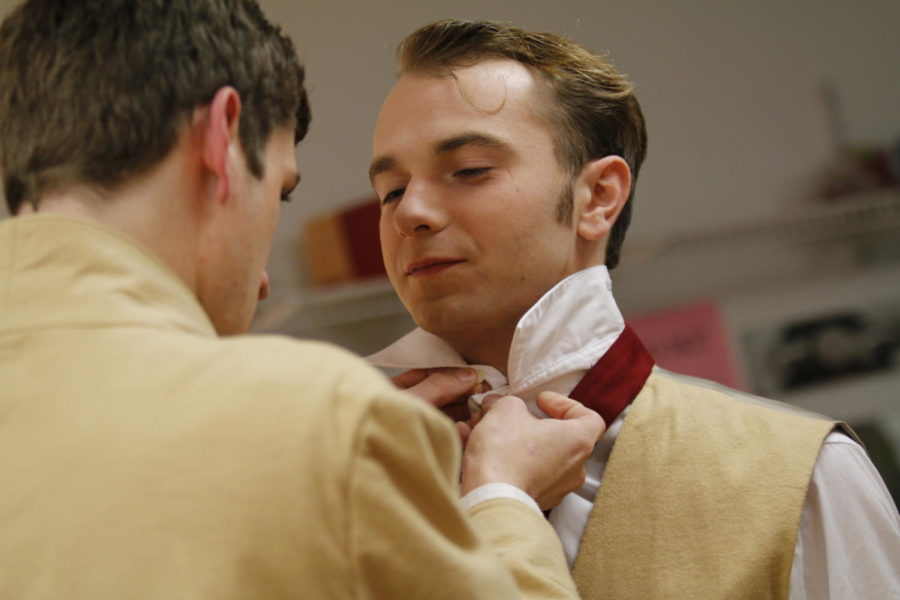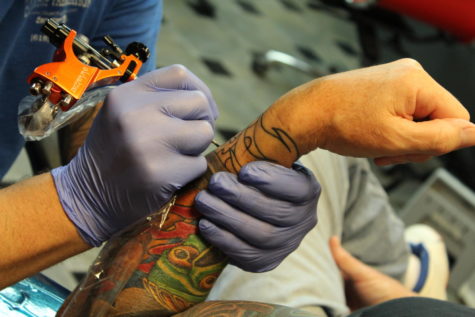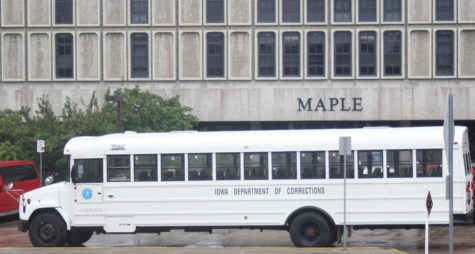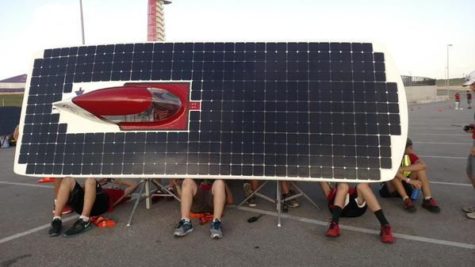Ten major backstage positions of a theater
Actors prepare to go on stage by getting into costume for the Iowa State Theatre department’s play, “Spring Awakening”, on Oct. 10, 2014.
October 15, 2014
A theater production is nothing without its actors, but what about those behind the curtain? Without a great production and technical team, a show would not be able to go on.
Here are 10 major backstage positions that ensure a theater production runs as smoothly as possible.
Director: the director is responsible for bringing the text of the play to life on stage through artistic interpretations.
Costume designer: the costume designer is responsible for creating costumes for the play, which may need to include historical accurateness.
Dresser: a dresser is responsible for maintaining costumes and helping actors.
Stage manager: the stage manager coordinates a production and makes sure it runs smoothly.
Assistant stage manager: the assistant stage manager assists the stage manager.
Set designer: the set designer creates the performance set for the stage.
Stagehand: a stagehand is responsible for moving props or large objects on and off stage between scenes.
Sound designer: the sound designer specifies the sound effects or music needed for the play.
Sound operator: a sound operator controls the sound as specified by the sound designer.
Light board operator: the light board operator controls the lighting system of the stage.
For the full story about ISU Theatre’s guest costume designer from Broadway, click here
















